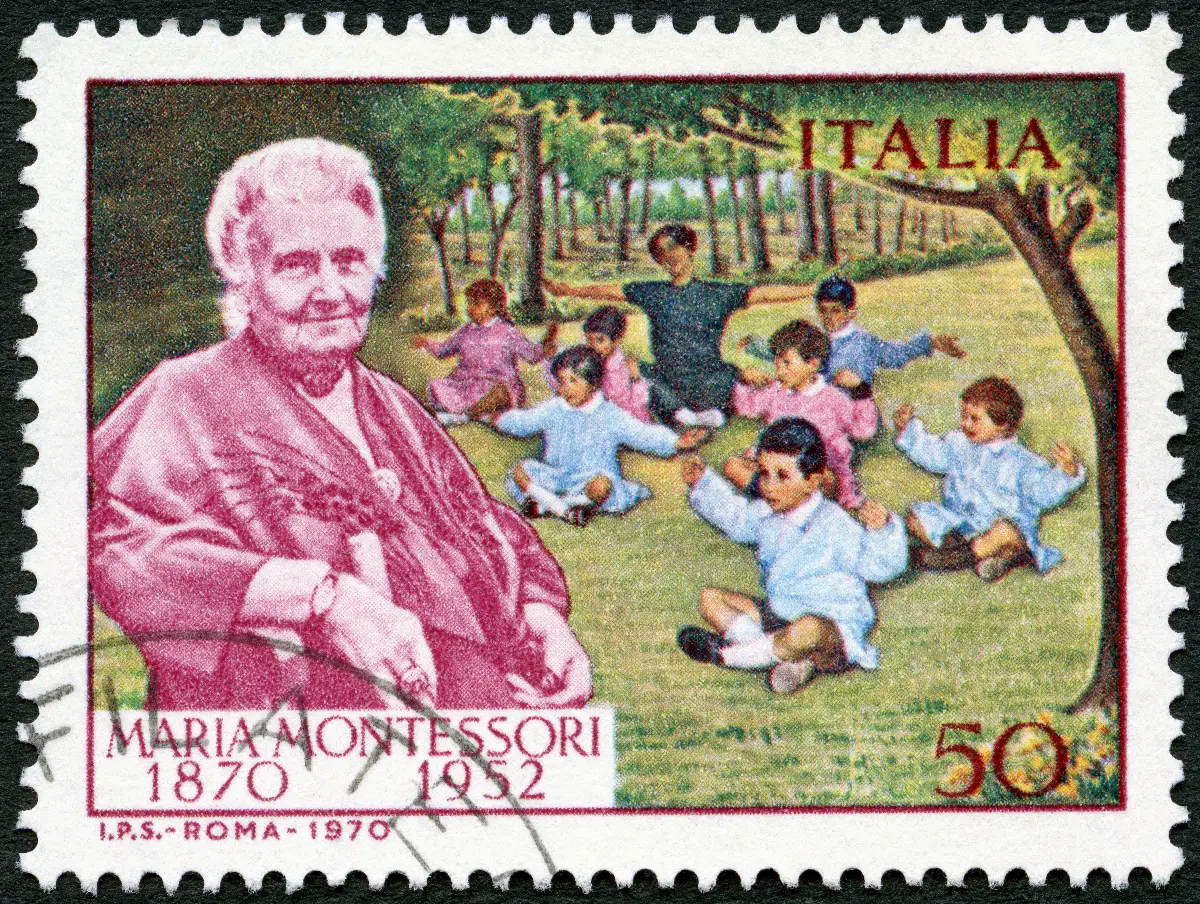
Helyszín címkék:
The Kindergarten Museum in Martonvásár is not only for families
Bóday Csilla
Why exactly Martonvásár?
A former resident of the Martonvásár Castle was Teréz Brunszvik, an internationally-renowned Hungarian pioneer of early childhood education, who was the first in the world to establish kindergartens in Hungary, following the example of the kindergartens opened in England. The first one was in their house in Buda, in 1828. It was the first kindergarten in Central Europe. Soon she opened a series of institutions in Buda and Pest, then in the countryside, but she also helped to establish the first Austrian kindergarten in Vienna and the first South German kindergarten in Augsburg and Munich. Teréz Brunszvik was one of the firsts to realise that the future of the individual, the country and humanity depends on the child's early and systematic education, because this will determine his or her whole life. The countess was not only a pioneer in the Hungarian and international kindergarten sector, but also one of the founders of Hungarian women's education. She believed that, as well as educating children, mothers should also be taught to educate.
What can you see in the kindergarten museum?

The museum exhibition presents the history of Hungarian kindergarten education from its beginnings to the 1960s with an international perspective. At the beginning of the exhibition, you can see a model of the first Hungarian kindergarten, which shows that it was furnished more like a school than a kindergarten. At the beginning of the 19th century, pedagogy had very little knowledge of preschool children, and only with later understanding of the age group did this change. There were toys here too, the four wooden toy guns were the most important, and the best children got them. You can find out here that in the first decades, it was not women who were the caretakers, but men. It was not until around 1870 that the career of kindergarten teacher opened up to women – initially called “nursing gardeners” – but within twenty years men had been completely squeezed out of the kindergartens. In a separate exhibition section, you can learn about the history of kindergarten teacher training. In 1837, one of the world's first kindergarten teacher training schools were opened in Hungary, initially for men only. By 1900, this school had become the largest of its kind in the world. You can learn about the teaching of the former students, who were required to know how to play the violin and even had to pass a woodcarving exam. The exhibition presents the life of kindergartens of bygone eras through interiors, period pictures, objects and, above all, toys. You can learn that in the early 20th century, most kindergartens had separate play and work rooms. Kindergarten toys were mostly made from crops, the most popular material being maize, because every part of it could be used to make something good: a corn dolly, a violin or a whole ox cart.
The potty
It is from this period that the museum's most popular object with visitors, a set of tin chamber pots mounted on a bench, the “winter potty”, originates. The private kindergarten of the first half of the 1900s is a strong contrast to the corn dollies of the same age. From the 1910s, the wealthier also started to send their children to kindergarten, who were previously taken care by private educators, but they went to a small number of private kindergartens. Here you can see the best and most beautiful toys of the era: dinner sets, expensive dolls, board games. These kindergartens generally used the sensory development method of Italian doctor-educator Maria Montessori, and you can see a selection of her equipment, including those made 70 years ago, those once used in Hungarian kindergartens, and the most recently manufactured ones. After the Second World War, the Hungarian kindergarten system was transformed. Whereas before, children had not had lunch and slept in the kindergartens, in the new type of “daytime kindergartens" they were given lunch and had an afternoon nap. You can see what kind of plates the children ate from and what kind of beds they slept on in the first kindergartens. In the 1950s and 60s, there were already norms regulating the number of children, cars, dolls and sand buckets in kindergartens. The spectacle of the games of that time gives the visitor an unintentionally retro feeling. The pictures of kindergarten life of the era have the particular value that they were all taken in the kindergarten that houses the museum, a few steps – and 50-60 years – away from the viewer standing in front of the pictures.
Adapted for modern times

In the classrooms of the former kindergarten, you can continue the journey through time you started in the exhibition with the help of interactive tools. In the digital mirror, you can see yourself as a kindergarten teacher or a kindergartener from 100 years ago, or even dressed as Teréz Brunszvik. You can decorate the kindergarten classroom as it was in the 1960s, use virtual glasses to tour the former kindergarten room, and scroll through old photos of the kindergarten in Martonvásár on a screen, and see where the photos were taken in relation to where we are.
The other exhibition: Blanka Teleki
There is also another exhibition in the Kindergarten Museum, which commemorates members of the Brunszvik family and their descendants, including Blanka Teleki. The Brunszviks were talented not only in music, which led to their friendship with Beethoven, but also in the fine arts. In one room of the museum, you can see their drawings and paintings from the family gallery, including Blanka Teleki's works. The founder of Hungarian women's education, the martyr of freedom, was the child of Countess Karolina Brunszvik, whose upbringing was organised by her aunt, the kindergarten founder Teréz Brunszvik, who wanted to raise the teenage Blanka to become a painter. Trained by renowned masters, Blanka's talent is on display in an exhibition furnished with period furniture.







